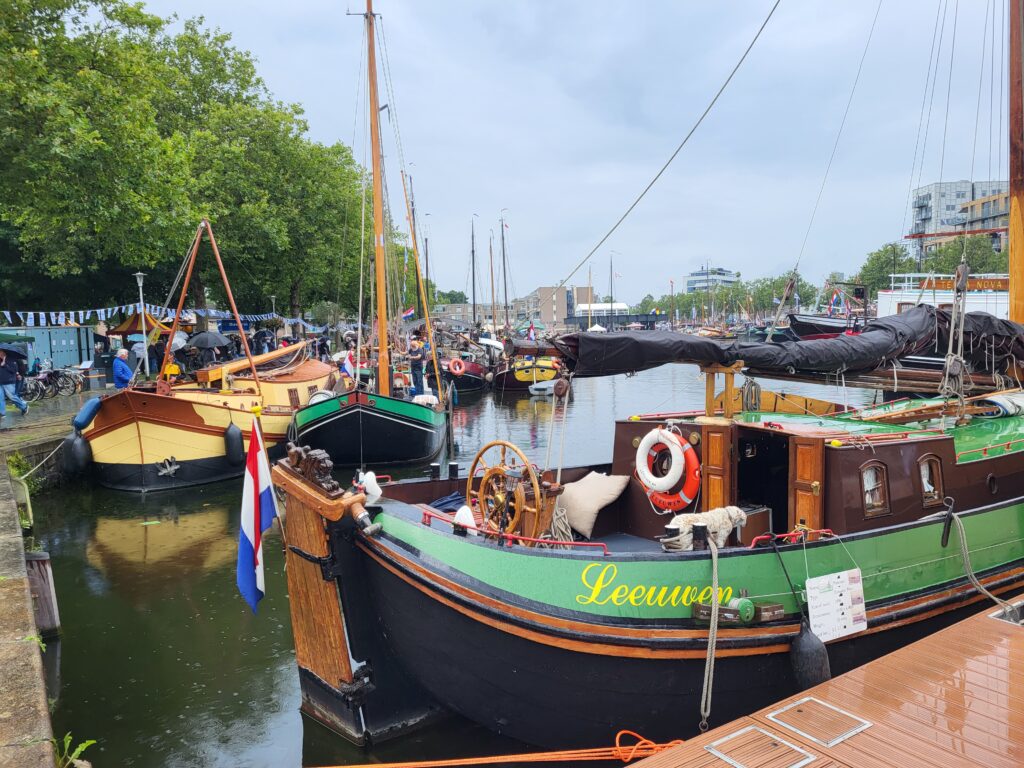A city shaped by textiles and entrepreneurship
Tilburg began as a small agricultural village but grew rapidly during the rise of the textile industry in the 19th century. Old factory complexes and workers’ neighborhoods defined the city’s landscape for decades; many of these buildings still stand today, giving Tilburg its unique character. The Textile Museum, housed in a former factory dating back to the 1860s, vividly tells the story of this industrial period – from wool processing to modern textile innovation. The museum combines heritage with contemporary design practices and shows how craftsmanship and innovation can strengthen one another.
Tilburg also developed as a city of education and knowledge. Tilburg University was founded in 1927 as the Roman Catholic Business School and has since grown into a broad institution with strong programs in economics, law, and behavioral sciences. The presence of students brings youthful energy and fuels many cultural initiatives across the city.
Culture, creativity, and transformation
Tilburg offers an impressive cultural scene. Poppodium 013 is one of the most important music venues in the Netherlands, attracting both major international artists and local talent. Since its opening in 1992, De Pont Museum has presented an internationally recognized collection of contemporary art, alongside changing exhibitions that surprise and inspire visitors. The combination of pop music, visual arts, and festivals makes Tilburg attractive to a wide and diverse audience.
One of the best examples of urban renewal is the Spoorzone: a former railway yard and workshop area that has been transformed in recent years into a creative district with studios, restaurants, and the striking LocHal – a restored locomotive hall that now functions as a large, modern library and cultural hub. This transformation preserved industrial elements while creating space for new economic and cultural activity.
Nature, events, and quality of life
Tilburg offers much more than urban energy. Within cycling distance lies the Oude Warande, a baroque forest with star-shaped lanes, laid out in 1712, that serves as a green, historic oasis for walkers and families. This park is one of the few surviving examples of a classical hunting and pleasure garden in the Netherlands, forming a striking contrast with the bustling city. A little further away, the famous Loonse en Drunense Duinen – often called the “Brabant Sahara – is a vast sand-drift landscape where visitors can walk, cycle, or ride horses for hours and truly unwind. Both areas demonstrate how nature and city life are closely intertwined in Tilburg.
Every year, the city becomes even more vibrant: the Tilburg Fair is the largest fair in the Benelux and attracts hundreds of thousands of visitors. In addition, a calendar filled with local markets, music festivals, and cultural events keeps the city lively all year round. Tilburg invests in cycling infrastructure, green public spaces, and education, making it an excellent place to live, work, and relax. The city feels down-to-earth and welcoming – a place that honors its past yet looks to the future with confidence. Visit Tilburg and experience the blend of heritage, culture, nature, and urban energy for yourself.
City of Tilburg, Province of North Brabant, The Netherlands
Footnotes
- All our articles about Tilburg
- Visit Tilburg
- Town Hall Tilburg
- Football Team Tilburg: Willem II
- Ice Hockey Team Tilburg: Tilburg Trappers

